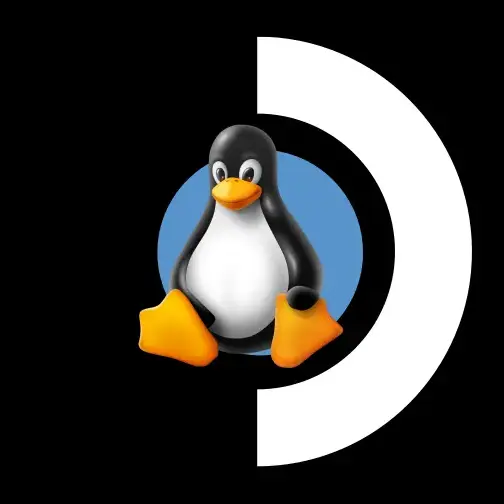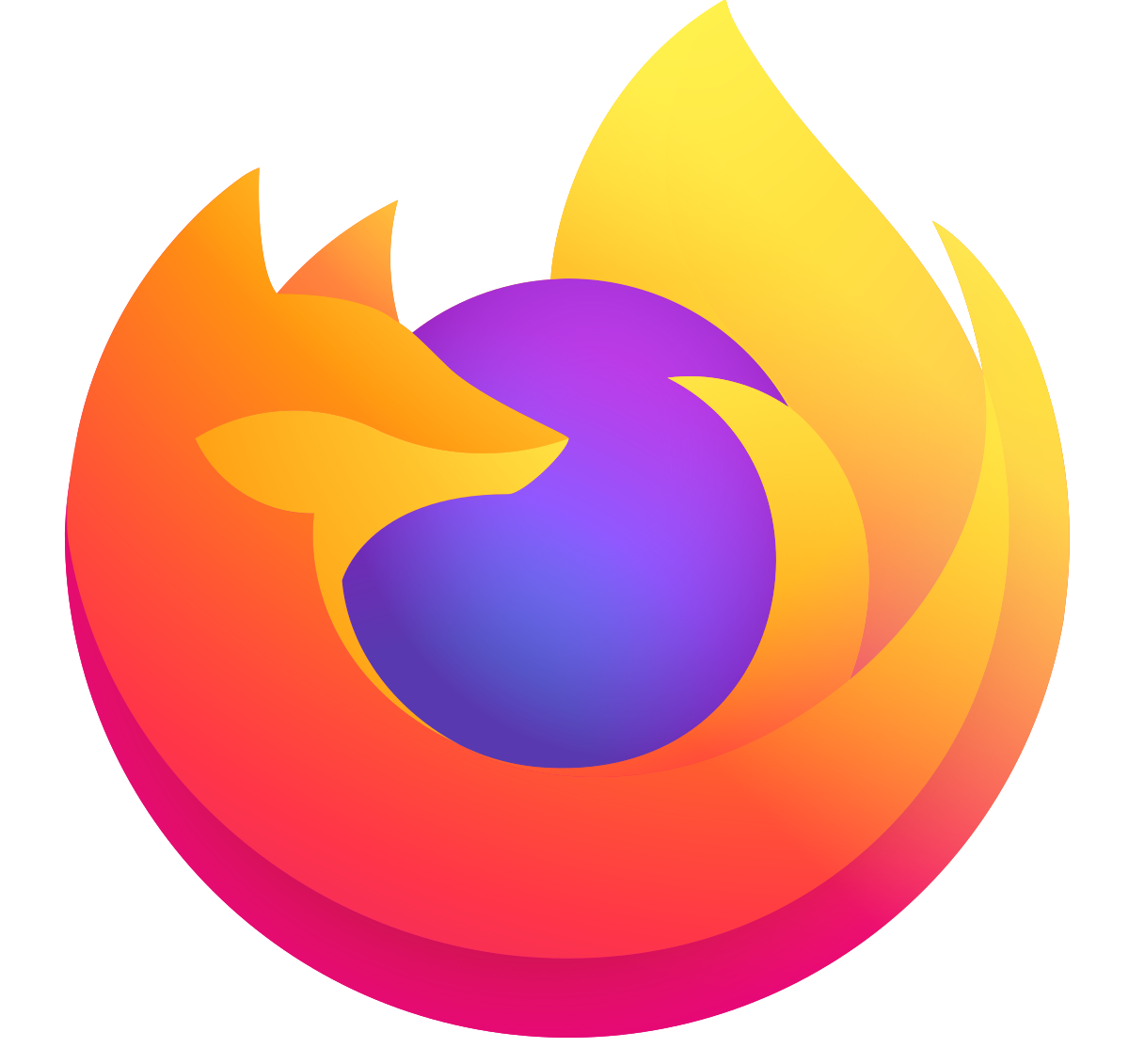

Even then you can just add a higher interest rate. You absolutely don’t need to held the company hostage until the heat death of the universe.


Even then you can just add a higher interest rate. You absolutely don’t need to held the company hostage until the heat death of the universe.


The issue is the perpetual ownership.
If I lend you money, you only own me the money I’ve lended+interest. I’m not going to have a stake on your future businesses, nor have any decision power over you, it isn’t in my power to make sure you squeeze the most money possible over your job. You pay the money back and we are done.


Sadly I am away from a computer for quite a while so I can’t truly test it, but the first picture shows a nice concept of Brightness X Hue between two colors.
I can’t say I’m an artist, but I did design the current icon of a semi famous Android app, and I was actually using numbers to pick the correct values, as I wished the colors had a somewhat understandable mathematical relationship between each other


I’m not exactly sure if I follow. Like, isn’t brightness already slider when using HSV? Meaning you can just change the brightness without changing Hue or Saturation.
Edit: HSL, not HSV


Isn’t that just a semitransparent layer on top?


You are being rather ambiguous with how your program works, which I understand. But if the primary way of selecting colors is through words then that is big issue that I feel can’t be made to work outside of English.
If the selection is more “traditional”, like a color wheel or whatnot, and the text is just a description (I think coolors does this) then it might be translatable.
Like, the issue with “pink” being “light red” is that you can’t actually select pink and a lighter shade of red if the selection is through text. If the selection isn’t text based then you can just have two colors being “light red” cause it is true anyway


How do you plan to deal with translations? Cause not every descriptive word is translatable, some languages have words to refer to two shades, while another has only one word and both shades are culturally perceived as a single shade.
I honestly don’t remember any app that actually lost their brand or individuality. People complain that MD makes app all look the same, but the only apps that actually implement MD are the ones that don’t have a very strong UX/UI Design in the first place. Spotify, Firefox, Meta Apps and such are never actually going to implement Material Design itself, at most they are going to read the guidelines and go “yeah, that seems fair” and implement their own solutions based on Google’s idea.


Even if a social network loses 99,99% of the user base due to charging to use it, those left are the ones that see no problem paying to use it, so they are more likely to eat up some insane pricing, which would help recoup losses from a smaller user base. Basically whales.
I think the only way to try to kill a social network is by going full scorched earth on it. Remove all your comments, or change them to be an annoying copy pasted comment about why you’re getting off the platform. And even then I don’t think it is helpful, I did that with Reddit but was forced to leave technical posts intact because I feared I might prevent someone from solving their issue.


This website provides a better explanation and use cases than anything I could write. Some of the highlights:
- Newer games that run too slow at the resolution you would like them to run at (you can render games at 720p and play at 4k)
- Very old games insisting on running in a tiny (like 320x200) window (ie. xrick).
- Games and applications who insist on running full-screen with no option to make them appear in a window if a window is what you want for a particular game or application (many scene demos will only run full screen at your current resolution).
- Running older, non-widescreens games that do not support borderless fullscreen on Intel graphics with a desktop/external display (this is because Intel graphics do not support the --set “scaling mode” “Preserve aspect” xrandr argument on desktop/external displays)
Interestingly, Gamescope also provides a way to independently set max frame rate for the game when it is focused and unfocused, you could set it up to something really low when unfocused. Also interesting is the upscale options, you could use integer scaling for those old games, or force FSR on any title (although results can be mixed because the game UI will also be upscaled).
Gamescope becomes a very interesting option when you use it on a machine that doesn’t have easy access to a keyboard and mouse, like a handheld, a “consolized” PC or even a “normal” PC that double duties as a “console” (playing games on a couch, despite using a desk for normal usage)
Like, I remember a friend of mine saying he had trouble running Sonic Generations on Windows because depending on what he was doing, he was either playing it on a monitor or on a TV. The Game for some reason detects that change and throws a fit, asking the user to reconfigure its graphical settings. Gamescope can lie to the game and force the game to see an arbitrary resolution.


I’m running on an i3-2310M with 4 GB RAM without issues, I’m on Linux, tho
It explicitly calls out that there shouldn’t be masks
icons should be clean edges; the layers must not have masks or background shadows around the outline of the icon.
And icons are XML files, or fancy SVGs, I was under the impression it would just pick apart the shapes and force all the fills to be the same color.
I even tried doing some fancy work with dithering, but it didn’t render
Wait, where is it explicitly mentioned? I’ve done a redesign of the icon for a popular Android app. While reading the documentation, I was under the impression that whatever is on the monochrome layer would receive the same color, no matter the fill that was used.
Wait, holup. The second icon has the circle as a slightly different shade of green. How did that happen?


Bottom. It is frankly weird how long it took me to grow used to it, but it is the only position that makes sense.
I’m also liking the slow change from dialogs to bottom sheets


uBlock was already available for Firefox for Android


Alright, so what extensions are you guys looking forward to? On mobile I don’t think about it too much cause most of the websites I use on Desktop I use as apps on Android, so a couple of website specific extensions are useless for me
Yesn’t?
Like, the whole point of a public traded company is that anyone can come in and give money to the company and, in turn, they get money when the company is doing well, so the money you’ve paid is, hopefully, not lost.
I don’t know about you, but on paper, that sounds like bonds and basically every type of debt in existence.
The difference is the perpetual ownership of the company by shareholders. Consider someone who lent a company 20k, they now have an asset that grew immensely in value, it gives them money quarterly/yearly/whatever, AND they have decision power on the company, despite the fact that they have earned 100x what they lent.
Just changing the idea of stock to be something with an expiration date would remove most of the weirdness of the system, but at that point it isn’t really a public-traded company, is it?